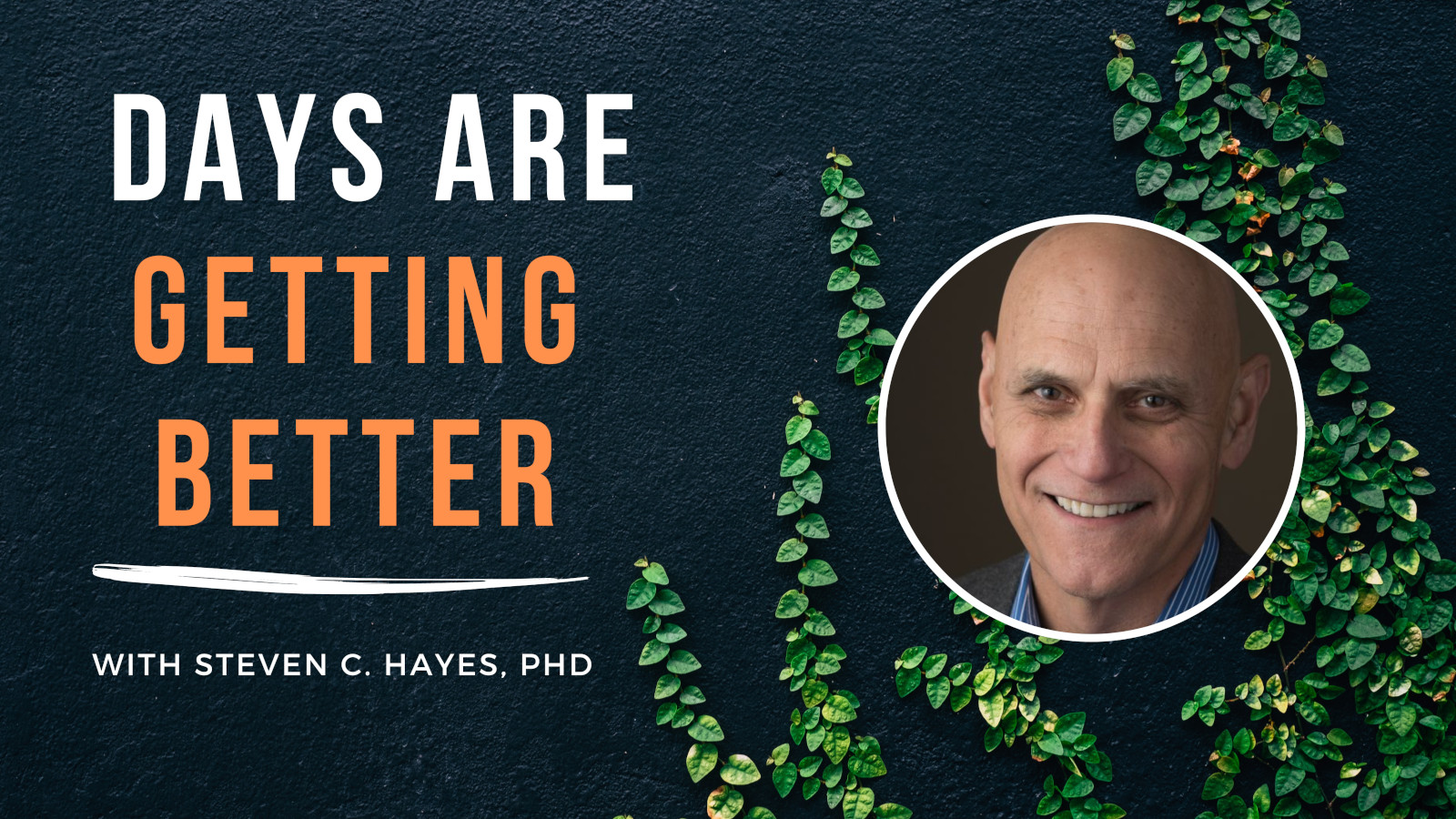Why do we lash out at our partner, when we want to be kind and caring? Why do we isolate ourselves, when we already feel lonely, and crave connection? Why do we drink alcohol, smoke tobacco, and give in to other vices, when it harms our health? And why do we know all these things, and yet continue doing them anyway?
The reality is, we often stand in our own way, sabotaging our efforts at creating a better life. We want to feel active and engaged, and yet stay in bed throughout the day. We want to feel cherished and loved, and yet quickly resort to self-blame. We may not mean to do it, and yet reliably return to our old patterns – especially when we feel stressed or overwhelmed.
But we don’t do these things because we are bad, or because we “can’t do anything right”. Instead, we do it for a more mundane reason: We want to change how we think and feel. Even if just a little. Even if just for a moment. In order to feel better, we often forego our other plans and intentions. Short term over long term. What matters is right here and now.
Despite what you may think, this is not a fault of character. We all do it in some form or another, especially when we are feeling unwell. This is normal and natural. Some people may escape a feeling of not-being-good-enough by spending hours on social media. And other people may struggle with a traumatic experience, and seek relief through comfort food. The ways in which we try to control our difficult thoughts and feelings are manifold.
Unfortunately, choosing short term relief over long term intentions has consequences. And the more often we choose this route, the more apparent the consequences become. A single cigarette is unlikely to harm you. A smoking habit, however, can. A single argument is unlikely to unravel your relationship. A habit of lashing out at your partner, however, can.
If you look closely, you will likely find ways in which you try to needlessly control your thoughts and feelings. You may do it by distracting yourself, or by avoiding certain people, places, and situations. You may do it by trying to think your way out of it; arguing with yourself, or only allowing “positive” thoughts. Or you may do it through a wide range of “guilty pleasures”.
But regardless of which strategy you choose, sooner or later, the difficult thoughts and feelings return – often stronger than before. So instead of pushing them away, we have to use a different approach. This new approach may seem counterintuitive, and it does require more practice. But it also ends the struggle, and allows you to do more of what matters to you.
Step #1 Notice
The first step is to notice your difficult thoughts and feelings. We are often unaware when we get hooked by our experiences, and only realize afterwards that we have resorted to our old habits. The first step to break this cycle is by noticing when it happens as it happens.
Step #2 Name
The second step is to name your experience. “There is anxiety”. “There is tightness in my stomach”. “There is the worry that nothing I do matters”. Simply naming your experience creates distance and gives you a different perspective. You may even try adding “I notice..” at the beginning of the sentence. “I notice there is anxiety”. “I notice there is tightness”.
Step #3 Refocus
The third step is to refocus on what matters to you. Even though you experience uncomfortable thoughts and feelings, there are still things that you care about. Now is the time to highlight them. Even though there are hard thoughts and feelings, you can choose to act on what matters by refocusing on the things you care about.
Whenever you notice that difficult thoughts and feelings have hooked you, you can go through the steps. And like any skill, each time you practice, you will get better at it. These steps have been tried and tested, and shown to be effective in dealing with many types of personal crises – both big and small.
If you want to learn more about why this technique is effective, as well as other tools and techniques in dealing with stress of any kind, the World Health Organization (WHO) has published a wonderful self-help protocol that was tested with war refugees. I am walking through a thumbnail version of what it contains in this five-part series (this is part 2 of 5). I’m doing it in part because the current war in the Ukraine is challenging us all, and especially those in the line of fire. If “notice, name, refocus” is helpful even for war refugees, it can be helpful to those of us just waiting, praying, and helping remotely.
You can access the WHO program by clicking here. Note that the book and tapes are available for free at that site in English, Ukrainian, Russian, and many other languages.
Be well, and consider sharing this resource with other people in need.
This article is part 2 of a five-part series. Click here to read part 1.







